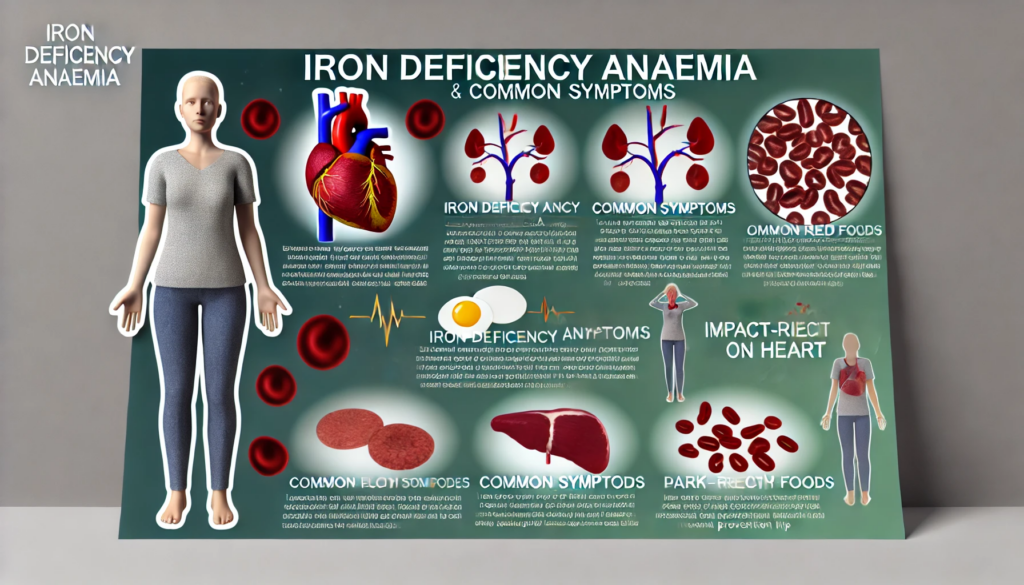Common symptoms include pale skin, headaches, vertigo, and cold extremities.

Globally, the World Health Organisation (WHO) estimates that 50 crore women between the ages of 15 and 49 suffer from anaemia. According to the global health agency, the most vulnerable groups are women and girls who are pregnant or have recently given birth, menstruating adolescent girls and women, and children under the age of five, especially newborns and young children.
There are numerous varieties of anaemia, such as megaloblastic anaemia, pernicious anaemia, anaemia brought on by a folate shortage, and anaemia brought on by a vitamin B12 deficiency.
Iron deficiency, on the other hand, which results from insufficient dietary iron consumption, is one of the most prevalent nutritional deficiencies that cause anaemia.
In depth
Iron deficiency anaemia can worsen and become more severe if left untreated, leading to heart issues.
When there are fewer red blood cells (RBCs) or less haemoglobin than usual, the disease known as anaemia develops. The red colour of blood is caused by the protein called haemoglobin, which aids in the body’s oxygen transport. However, the tissues and organs do not obtain enough oxygen when there is a shortage of red blood cells (RBCs) or haemoglobin, leading to a variety of symptoms like exhaustion, shortness of breath, and pale complexion.
The majority of anaemia cases are curable. On the other hand, it can become serious and can cause severe complications, such as heart problems, if ignored and mistreated.
Experts states that severe anaemia can put a substantial strain on the heart. The heart will have to work significantly harder to pump adequate oxygen-rich blood throughout the body if there are fewer red blood cells transporting oxygen. Over time, this increased strain may worsen pre-existing heart problems or even contribute to heart failure.
Dizziness coupled with a fast or irregular heartbeat is one typical symptom. Additionally, a low iron diet might weaken immunity and make a person more prone to disease. Difficulties during pregnancy, sleep disorders, and restless legs syndrome are other possible effects.
Children who suffer from severe iron shortage may experience developmental delays. Early diagnosis and treatment are crucial to preventing these effects.
Prevention
It is crucial to address the variables that lead to blood loss or problems with iron absorption that may be the illness’ cause in order to lower the likelihood of iron-deficiency anaemia.
Furthermore, the following strategies can help you maintain stable iron levels by following a healthy, well-balanced diet full of foods high in vitamins and iron. Consuming iron-rich foods such as breads, cereals, eggs, beans, dried fruits, lean red meat, dark green leafy vegetables, and tofu can help.
Consuming foods strong in vitamin C, such as oranges, strawberries, and tomatoes, can help the body absorb iron.
Take away
Treatment is available for iron-deficiency anaemia. All you need to do is eat meals that aid in iron absorption, increase the amount of iron-rich foods in your diet, and heed your doctor’s advise.
Above all, it is critical to identify the warning indications of iron deficiency and take steps to prevent it by managing risk factors.
See a medical expert if you experience any symptoms so you can diagnose your illness and decide on the best course of action.
